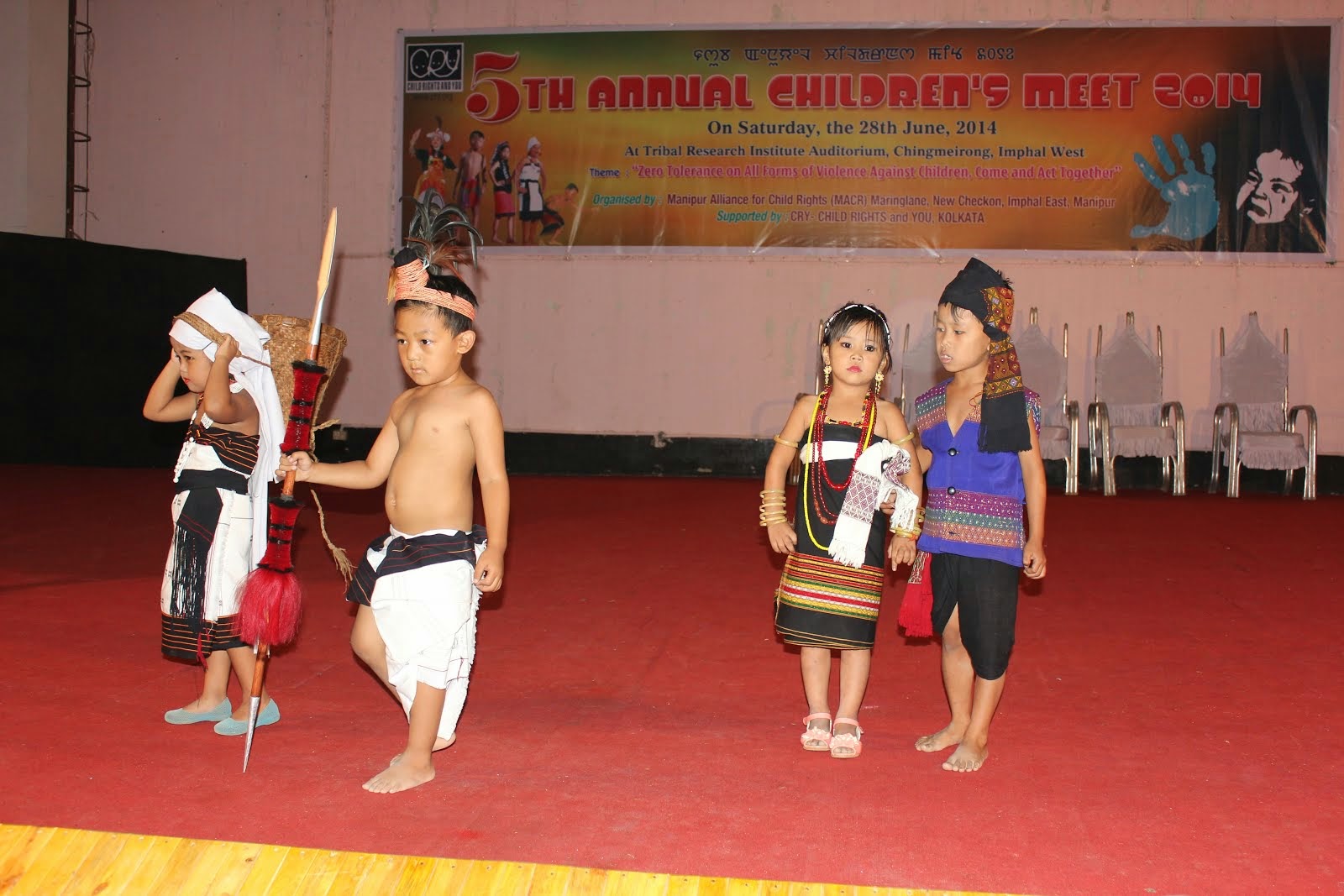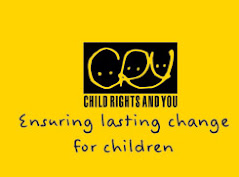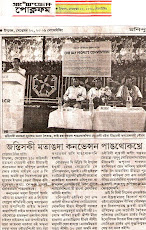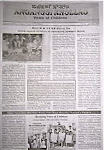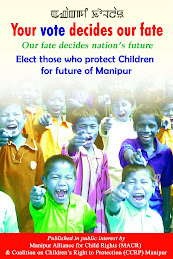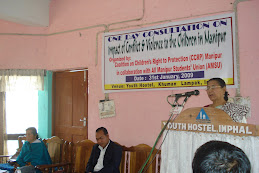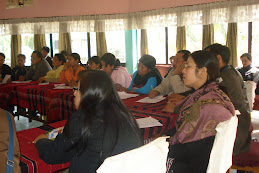
Senjenbam Noinoisana died recently. He was just 18 years old. Brutally murdered on April 7, 2010, his death was the culmination of all the discrimination he had faced in his short life.
Being young is not easy. Being HIV-positive and young in Imphal, state capital of Manipur, is perhaps as difficult as it can get. Allegedly killed for his property, Noinoisana was the HIV-positive child of AIDS-affected parents who died leaving him in the custody of his paternal aunt and uncle who mistreated him to the point of even denying him his ART (antiretroviral therapy) medicines.
Noinoisana’s case is common enough in Manipur which has the dubious distinction of having the largest HIV-positive population in the country. Children and young people bear the brunt of the AIDS epidemic, which is further compounded by insurgency issues in the state.
The condition of children in Manipur is, in many ways, representative of HIV-positive children and young people all across India.
The Global Fund to Fight AIDS recently declared that a large percentage of AIDS patients in India were not receiving timely treatment, and that this would soon pose a huge challenge as the country attempts to fight the virus. For the rising number of children affected by HIV/AIDS in the state, ART and the right to a life free of stigma and discrimination is imperative.
A number of reasons including the fact that they are too young to understand the disease and that they are usually left to fend for themselves hinder access to care and ART. While adult and mother-to-child transmission is highlighted, affected children and their unique problems receive very little attention in Manipur. The rising numbers are testimony to the fact that the response to HIV and children must take into consideration all three aspects of children living with, vulnerable to, and affected by HIV/AIDS.
Youth at risk
The Convention on the Rights of the Child stipulates four guiding principles of survival, development and protection, non-discrimination and the best interests of the child, and participation as key principles in protecting and treating children with AIDS. Young people in Manipur deal with the same issues of discrimination that HIV-positive youth in other parts of India face. And some more. CRY’s (Child Rights and You) Jhilam Roychowdhury, who has worked on HIV in Maharashtra and Manipur, says: “Yes, I’d definitely agree. This was the first time I had heard of a child actually getting murdered because of his HIV-positive status! In Manipur, you’ll find small hamlets on the outskirts of villages where HIV-positive mothers and their children, who have been thrown out of their homes by relatives, try to eke out a living. We are creating a new group of ‘untouchables’, all because of the ignorance surrounding AIDS and the scarcity of medicines.”
Yet, children don’t ignore the reality of HIV/AIDS. After 14-year-old Bijay’s (name changed) father died of AIDS complications, he and his mother were unceremoniously thrown out of their home by relatives, with all their rights to home and property illegally revoked. His relatives got away with this because the boy and his mother were not aware of the legal recourse they could take. Also, the advancing disease was the main concern at this stage. Since he is a teenager, Bijay is able to go to hospital on his own, and is very particular about continuing his ART course. The family subsists on a stipend paid to his mother by another project. “My father’s family only allowed my elder sister to stay with them as she is not positive,” he says matter-of-factly.
Bijay’s views back up what Dr Priscilla Akwara, Unicef statistics expert, has to say. Recently awarded the IAS/CCABA Prize for Excellence in Research Related to the Needs of Children Affected by AIDS, at the XVIII International AIDS Conference in Vienna, Akwara and her team believe that not just HIV-positive children but children living in families of affected people must be considered vulnerable. Her research clearly states: “If an adult falls ill or dies, for instance, the child may have to leave school and work to support the family. Meals may not be available regularly, and the child’s access to healthcare may be limited. That’s why children who are orphaned or living with a chronically ill adult are frequently considered vulnerable.”
AIDS and child rights
Ashim Ghosh, who has been working with children’s rights in Manipur for the last two years, explains: “Three thousand children are HIV-positive in Manipur. Since public services like government-supported healthcare, the public distribution system, and anganwadis are almost non-functional in Manipur, children who are HIV-positive are practically left to fend for themselves, often with mothers who are infected as well. Without ART, survival is difficult. And ART is not easily forthcoming as there are exactly two hospitals offering the course. The one in the capital, Imphal, gets crowded because people from all across the state go there.”
Besides the scarcity of hospitals, practical factors like distance also play an important role. CRY volunteers working with HIV-positive children point out: “Patients have to travel up to 40 km, in a place where public transport is non-existent, to the central hospital. An added problem is that since these children are living in poverty, their diet during the therapy is not adequate.”
Take the case of 11-year-old Martina who lives with her HIV-positive mother. She contracted measles and had to be taken to a hospital in Imphal, some distance away. After the initial treatment and medicines, the doctors referred her to the isolation ward of a neighbouring hospital. When Martina and her mother reached that hospital, they discovered that the isolation ward had been converted into staff quarters. Martina is back home now, even though her condition demands hospitalisation. As a result, she cannot access her ART course either.
Understanding ART
Access to ART isn’t the only issue. Very often young children don’t understand why they have to take so many medicines. An important factor that is overlooked is counselling. Counsellors from the Wide Angle Social Development Organisation say: “Many don’t understand that even children have to know why they are being medicated when their friends don’t have to be. Children do not agree to take ART easily, even though they have to take orally administered drugs not injections. The benefits of counselling can’t be overlooked just because they are young. In fact, they need it the most.”
Activists and volunteers in Manipur believe that community-based support groups could play an important role in helping deal with such issues. “We call them mutual support groups, or safe spaces where HIV-positive community members can talk about and trace solutions to their specific problems,” explains Ghosh.
Roychowdhury seconds this view. She says: “We explain to the grown-up children who have the ability and the capacity to understand. They are told that HIV is a manageable disease and that the ART medicines are used to battle the HIV infection. We first talk to the parents and then we try to convince the children by saying that the medicines are like vitamins which are good for health and very necessary for them.”
Although organisations like the Kripa Foundation, based in Imphal, Manipur, are pitching in to enrol more young people in ART programmes, much more needs to be done. For, as the Kerala Children Advocacy Group (KCAG), affiliated to the Kerala Positive Women Network (KPWN+), findings have shown, children are willing to take their prescribed medicines but are often put off by the attitudes of caregivers administrating the doses.
Articulating needs
One strategy that seems to help combat the situation is CRY’s children’s collectives.
“Both positive children and those not affected are in the same group processes designed to erase discrimination among peers. It is a space for interaction using the ‘play way’ method; it later helps them disclose their status to their peers,” Roychowdhury explains.
In a state battling insurgency, the government often shifts focus to defence areas to the extent that vulnerable populations have little options to escape risk. A 2003 briefing paper from the World Bank estimated that India had the largest number of AIDS orphans in the world. It predicted that this “number is expected to more than double in five years, and the proportion of orphaned children will remain exceptionally high until 2020 or 2030”.
Ghosh warns that this might just come true, and says: “State authorities must invest in public facilities, infrastructure, and rights-related services such as primary healthcare, provision of ART for children, and schooling. This approach needs to be prioritised above the military approach to problem-solving in Manipur.”
Till informed awareness translates to proactive action, making treatment options cheaper and more readily available, cases like Senjenbam Noinoisana’s won’t remain rare.
(Paromita Pain is a senior reporter and sub-editor with The Hindu and its feature supplements Young World and NXg)
Infochange News & Features, October 2010

